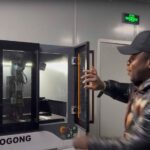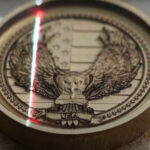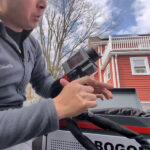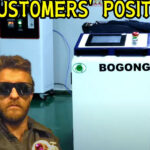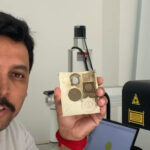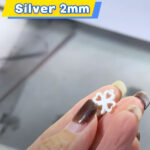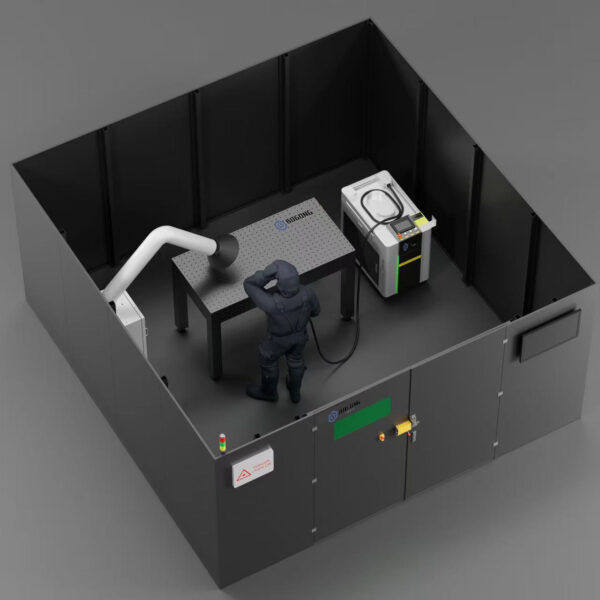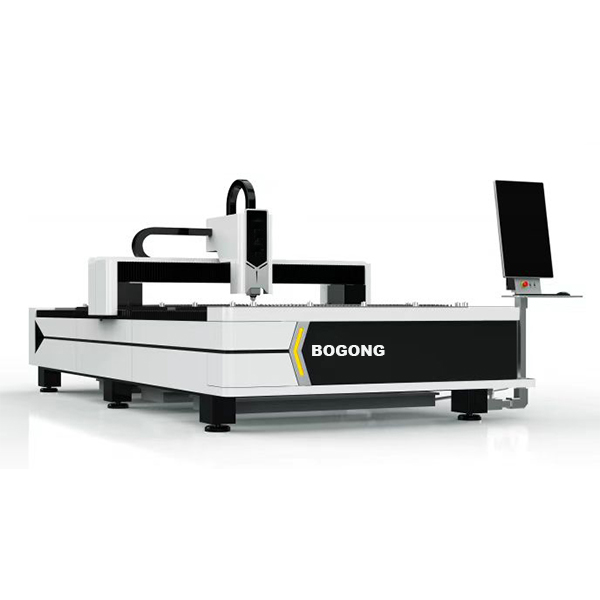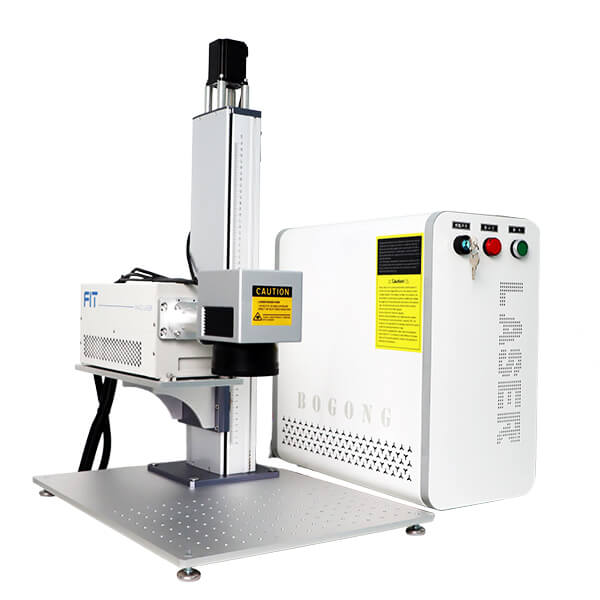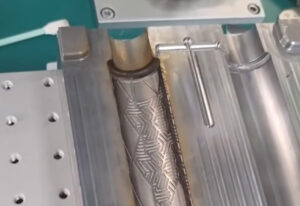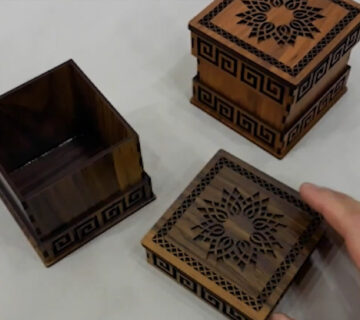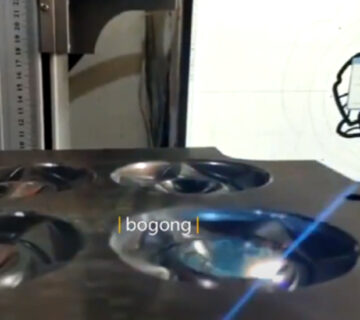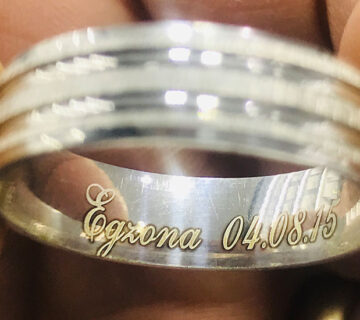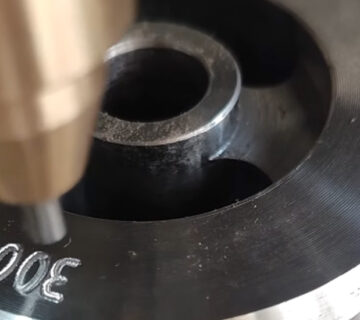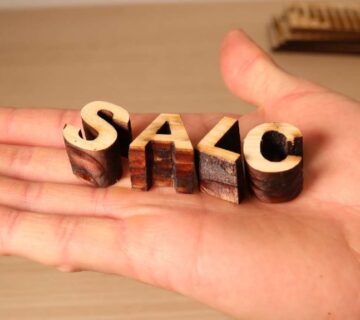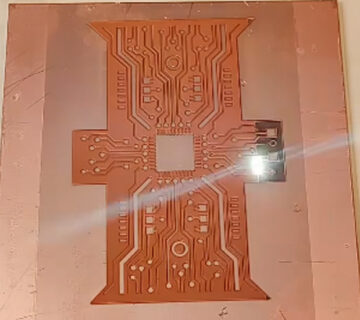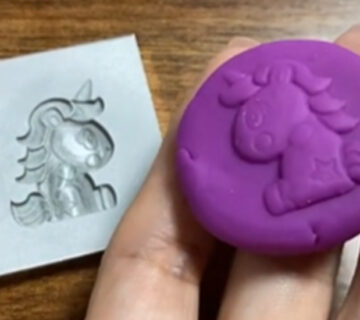A laser fiber engraving machine for devices and molds in a manufacturing facility setting is a specialized tool utilized to produce permanent, high-precision markings and designs on metal and various other products made use of in tool and mold and mildew manufacturing. It utilizes a concentrated laser light beam to etch or etch patterns, text, or various other markings onto the surface of tools, dies, molds, and various other elements.
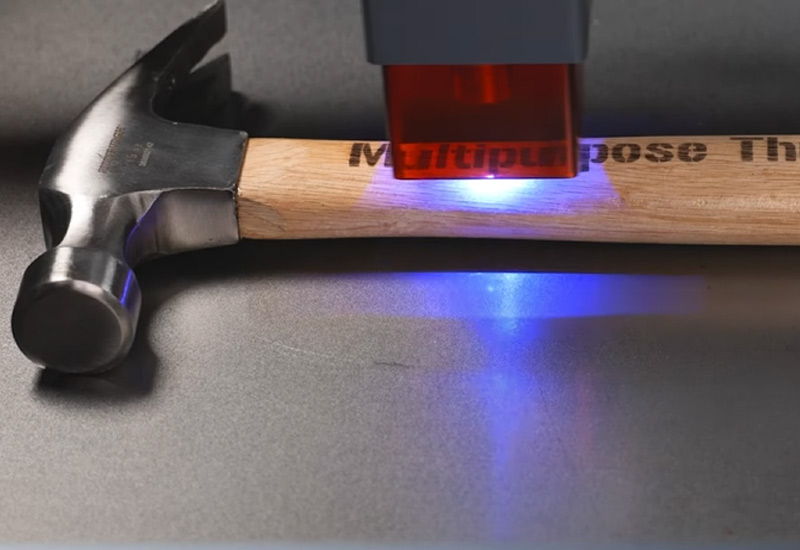
What a tools & molds line actually needs
Deep, durable marks that keep reading after blasting, tumbling, or mold release abuse.
Stable DPM codes (Data Matrix/QR) that scanners read fast under oil, dust, and glare.
Clean edges with tight HAZ control, so no burr dramas or downstream scrap.
3D/curved surfaces engraved in one go, without shimming fixtures every five minutes.
Fast integration with MES, PLCs, and vision—because your OEE doesn’t wait.
Quick note: BOGONG LASER® is a Laser Engraving Machine Manufacturer with global B2B reach (multi-language support, certifications like CE/ISO/SGS/FDA). So yeah, they’ve shipped to a lot of shops like yours, not just labs.
Why fiber laser wins in toolrooms and die shops
You remove material, not “print ink.” That calls for peak power, short pulses, and beam quality that bites into hardened steel, tool steel, and aluminum inserts. Fiber laser brings:
High beam quality for crisp edges and small spot sizes—clean character walls, less post-deburr.
Pulse control (think MOPA style) to tune for dark, high-contrast marks or low-melt edges.
Low consumables footprint—no inks, no labels, and minimal lens babysitting.
Uptime for shift life—less fiddling, more engraving. You know the vibe.
Pain points, solved (and how)
Deep marks that stay readable after finishing
Go layered. Remove thin slices, cross-hatch your passes, then do a short “polish pass” to clean spatter. The depth sits below paint, phosphate, or bead-blast texture, so codes keep scanning.
Scanners scan codes on rough metal
Use Data Matrix with proper cell size and quiet zone. Put contrast first, then depth. On castings, aim for a geometry that resists peening and media packing. Tie it to your inline vision so bad reads never leave the cell.
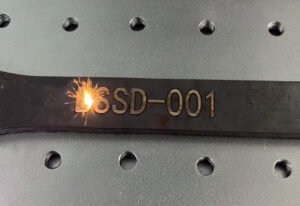
Curved/stepped surfaces without crazy fixtures
3D heads and auto focus handle height deltas. Import your STL or surface map, then let the machine track Z.
Heat-affected zone (HAZ) control
Shorter pulses and smart hatch spacing keep HAZ tight. That means no micro-cracking drama on hardened skins and less cleanup. Toolroom breathes easier.
Factory scenes
Die-cast workcell: Engrave a Data Matrix on a rough aluminum boss, then shoot blast. The code still reads. Cycle time stays inside takt; no extra handling.

- Mold insert shop: Deep-engrave cavity IDs and direction arrows. After polish and try-out, marks remain sharp.
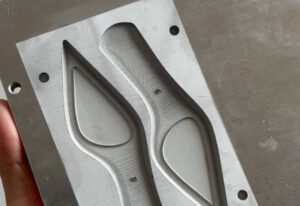
- Spare-parts kanban: Laser text plus DPM on tool components. Fewer pick errors, cleaner PPAP, faster root cause when things go sideways.
Want to know how the BOGONG Laser machine works?
Watch this video.
3D Laser Engraving Machine for Metal Steel Mould | 3D fiber engraver for die steel Pattern molding
Evidence table: key arguments, quick sources, shop takeaways
| Argument | Why it matters on the floor | Source / proof style | Takeaway for your team |
|---|---|---|---|
| Fiber laser engraves durable IDs on steel, aluminum, and tool alloys | Marks survive blast/coat; fewer re-marks | Industry practice + BOGONG catalog fit for metals | Stable DPM, less scrap, cleaner PPAP |
| Layered “deep engrave” with a final cleanup pass | Depth without ugly edges; scanners read fast | Standard laser process control | Better first-pass yield, less touch-up |
| 3D head / auto focus over height steps | No shim circus; consistent focus | Common 3D engraving workflow | Faster changeover, reliable mark on curves |
| Short pulses + tuned hatch reduce HAZ | Avoid micro-crack and rebake | Laser processing fundamentals | No unexpected burrs or heat tint |
| MES + vision hooked to the laser | Real-time pass/fail; no “mystery parts” | Typical DPM + scanner cell | Higher OEE, fewer mixed lots |
Decision guide (pick what fits your scene)
| Scene / Use | Best fit gear | Why this makes sense | Risk to watch | Mitigation |
|---|---|---|---|---|
| Mold cavity IDs, arrows, logos | Mașină de gravură cu laser 3D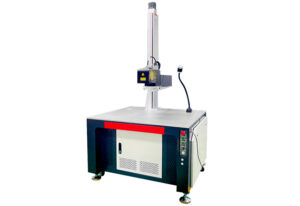 | Tracks Z over cavity curves; sharp edges | Over-melt on polished faces | Shorter pulse, cleanup pass |
| DPM on rough cast surfaces | 3D Fiber Laser Engraver pentru metal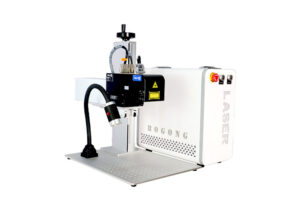 | 3D pathing keeps focus on bosses | Media packing after blast | Protective geometry + verify with vision |
| Shop-floor rework / large tools | Handheld Fiber Laser Marking Machine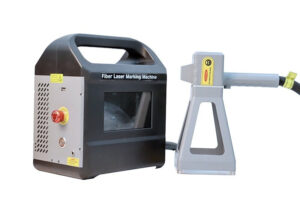 | Bring the tool to the mark | Hand jitter | Simple fixture and template |
| General code/ID on plates & inserts | 30W Fiber Laser Marcare mașină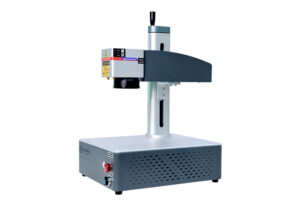 | Compact, reliable, easy training | Glare on bright alloys | Change hatch and angle, no biggie |
Summarize
If you want marks that survive blast, codes that scan fast, and a calmer line, go fiber engraving. Pick the 3D head where geometry asks for it, keep HAZ small with sane pulses, and wire the reads to MES.
Welcome to fill the BOGONG contact form.

